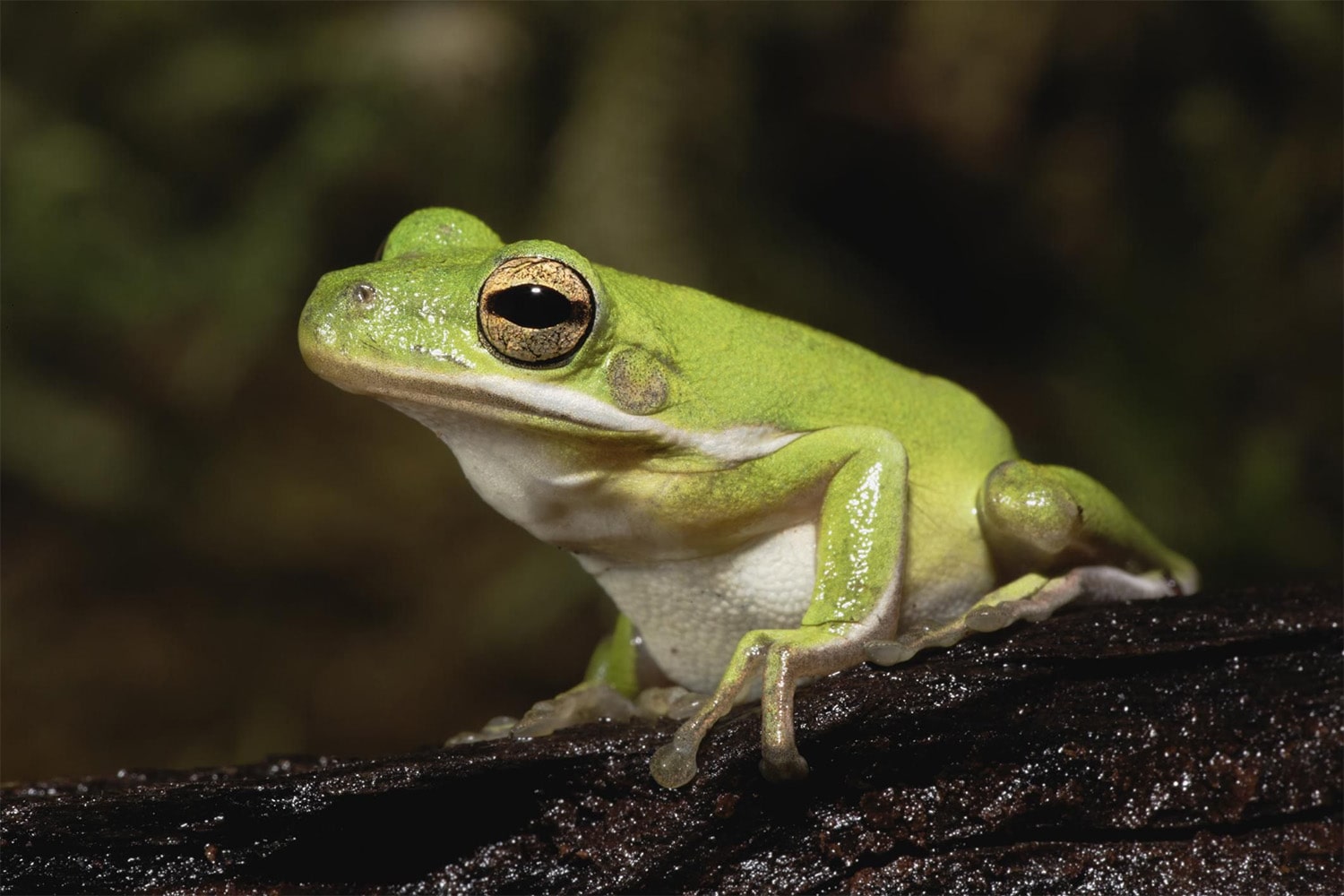
29 interesting facts about tree frogs
- 👁️ 376
Tree frogs are one of the most colorful and charismatic amphibian groups, known for their distinctive calls and ability to climb. With their vivid appearances and often surprising behaviors, tree frogs have fascinated scientists and nature lovers alike. These small creatures are not just important indicators of environmental health but also play crucial roles in their ecosystems as both predators and prey. Their adaptation to various habitats around the world showcases the incredible diversity and resilience of amphibians.
- Tree frogs belong to the family Hylidae, which comprises over 800 species.
- These frogs are arboreal, spending most of their lives in trees.
- They are found in every continent except Antarctica.
- Tree frogs have suction cup-like toe pads that help them climb vertical surfaces and even glass.
- The color of a tree frog can change depending on its environment and humidity levels.
- Some tree frog species can glide from tree to tree using their large webbed feet.
- The smallest tree frog is the Brazilian gold frog, which measures just about 9.8 millimeters in adulthood.
- The largest species of tree frog is the White’s tree frog, which can grow up to 4 inches in length.
- Tree frogs’ skin secretes a substance that makes them slippery to predators.
- Many species are known for their distinctive and loud mating calls which can be heard during the rainy season.
- The red-eyed tree frog of Central America is famous for its bulging red eyes and vibrant green body.
- Tree frogs primarily eat insects and other small arthropods.
- Their reproduction involves laying eggs on leaves or in pools of water that collect in trees.
- Tadpoles generally drop into water bodies below after hatching.
- Some tree frog species are endangered due to habitat loss, pollution, and climate change.
- Tree frogs can be very long-lived in captivity, with some reaching over 20 years of age.
- Unlike many animals, tree frogs can hear tones close to their own voice frequency better than other frequencies.
- The skin of many tree frogs contains alkaloids, which are toxic to many predators.
- In some cultures, tree frogs are symbols of luck and fertility.
- The vocal sacs of male tree frogs can inflate to several times the size of their heads during calls.
- Some species of tree frogs have the ability to freeze during winter and thaw in spring without damage.
- Night-time is the most active period for most tree frogs.
- Tree frogs use a wide range of colors as camouflage to hide from predators.
- Males of many species are smaller than females.
- The Peruvian giant yellow-leg tree frog has been found to live at elevations of over 3000 meters.
- Tree frogs shed their skin regularly, which they often consume after shedding.
- Many species are sensitive to changes in the weather and environment, which can affect their reproductive cycles.
- Conservation efforts for tree frogs often focus on preserving their habitats and reducing pollution.
- Research on tree frogs has helped scientists understand more about the spread of amphibian diseases like chytridiomycosis.
Tree frogs are not just fascinating creatures of the wild; they are also vital for the ecological balance, serving as both predators and prey in their habitats. The colorful world of these amphibians offers endless intrigue and also serves as a critical indicator of environmental health. Protecting tree frogs and their natural environments ensures the survival of these unique species and maintains the biodiversity essential for ecological resilience and health. Their study continues to enlighten us about the complexity of nature and the importance of conservation efforts.
Tree frogs are one of the most colorful and charismatic amphibian groups, known for their distinctive calls and ability to climb. With their vivid appearances and often surprising behaviors, tree frogs have fascinated scientists and nature lovers alike. These small creatures are not just important indicators of environmental health but…